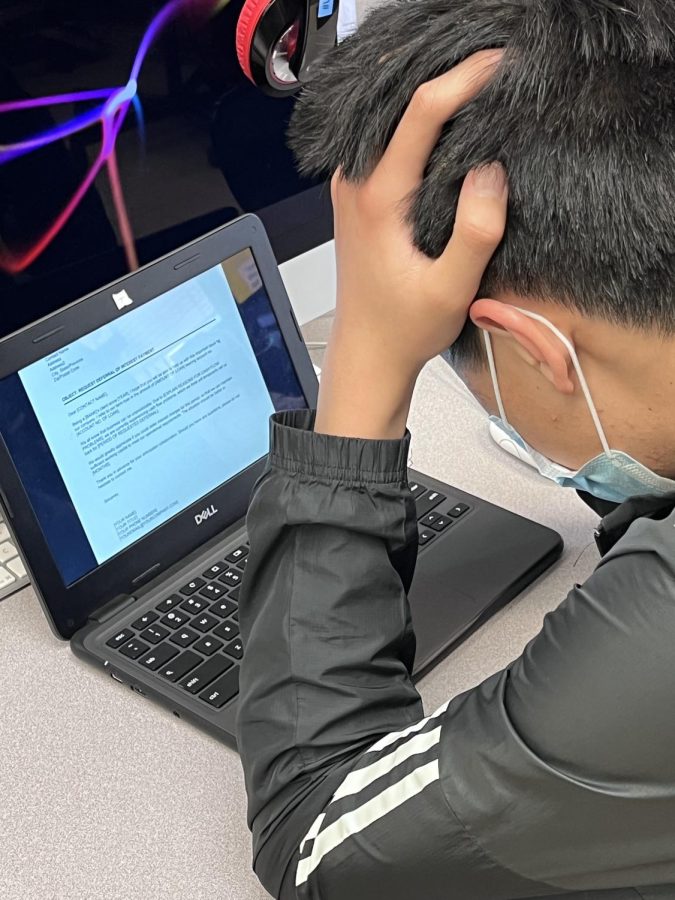Deferrals: ray of hope or detrimental?
Many students have applied for Early Action to get their results back earlier — often with deferrals. Does this represent hope for seniors?
March 8, 2022
The recent increase in college deferral rates are a sign that colleges need to change.
For many seniors, applying Early Action/decision to a prestigious college can allow the applicant to get early results and a head start on college applications. Furthermore, applicants will also often see an increased acceptance rate in order to secure their dream schools.
However, as these early-decision applications grow in size this year, so do the number of deferrals. With every round of early applicants, colleges will seldom defer a student’s application to the regular decision round in order to assess the student with the typical pool of applicants.
Based on current trends, it is evident that colleges should cut to the chase the line clearly: either reject or accept, and only defer in complicated processes.
Colleges defer students for a multitude of reasons, whether it be to see how students utilize their senior year, see how the student fits in with others, and to have more time to consider. Nevertheless, the ridiculous growth in the deferrals makes it evident that colleges need to change for the better.
“Applying Early Action gives applicants faster results, but you also get considered before other applicants which may affect decisions to some degree,” said Nicholas Burnett (‘22).
For EA applicants, “deferrals” usually means a ray of hope. It gives soon-to-be undergrads another “chance” at getting admitted to their dream colleges. However, this “chance” rarely converts into an admission.
Since late 2020, college deferral rates have increased dramatically, with top colleges such as Harvard University seeing a percent increase of up to 20%, and University of Wisconsin-Madison seeing an increase of more than double the normal deferral count. While a deferral certainly isn’t synonymous with rejection, it will often leave applicants demotivated and saddened by their prolonged application process.
“I think colleges should just get to the point faster, rather than stringing students along for a while,” said Burnett.
One primary factor that likely affected the growth in deferrals was the COVID-19 pandemic, in which the online aspect of remote learning led to a widespread decrease in academic integrity. As a result, inflated student grades and higher test scores led many colleges to change their standards in regards to admissions. The pandemic also limited in-person testing, which left many students unable to take tests such as the SAT, a big factor in standing out among other students.
Although it is understandable that colleges this year retain difficult positions in deciding whether to reject or accept with less information, given the circumstances of the pandemic, one must also consider the applicant’s point of view and mental state going into the application process. Given that Early Action schools are often top-tier, EA applicants face greater emotional pressure in the face of a deferral.
“I still believe that colleges should be more strict and to-the-point when it comes to deferrals and rejections. Deferrals are second chances, but they can also “torture students with hope”, they make students wait on the edge of their seats for an other three or four months just to be rejected.” said Kibum Kim(‘22).
Overall, the college deferral process is a painful detriment to a student’s mental and emotional health throughout the decision process. Even for the optimistic applicant, a deferral is often taken heavily due to pressures such as school preference and limited school choices. However, if colleges responded with a straightforward status of admission, this mental detriment could be eliminated.





